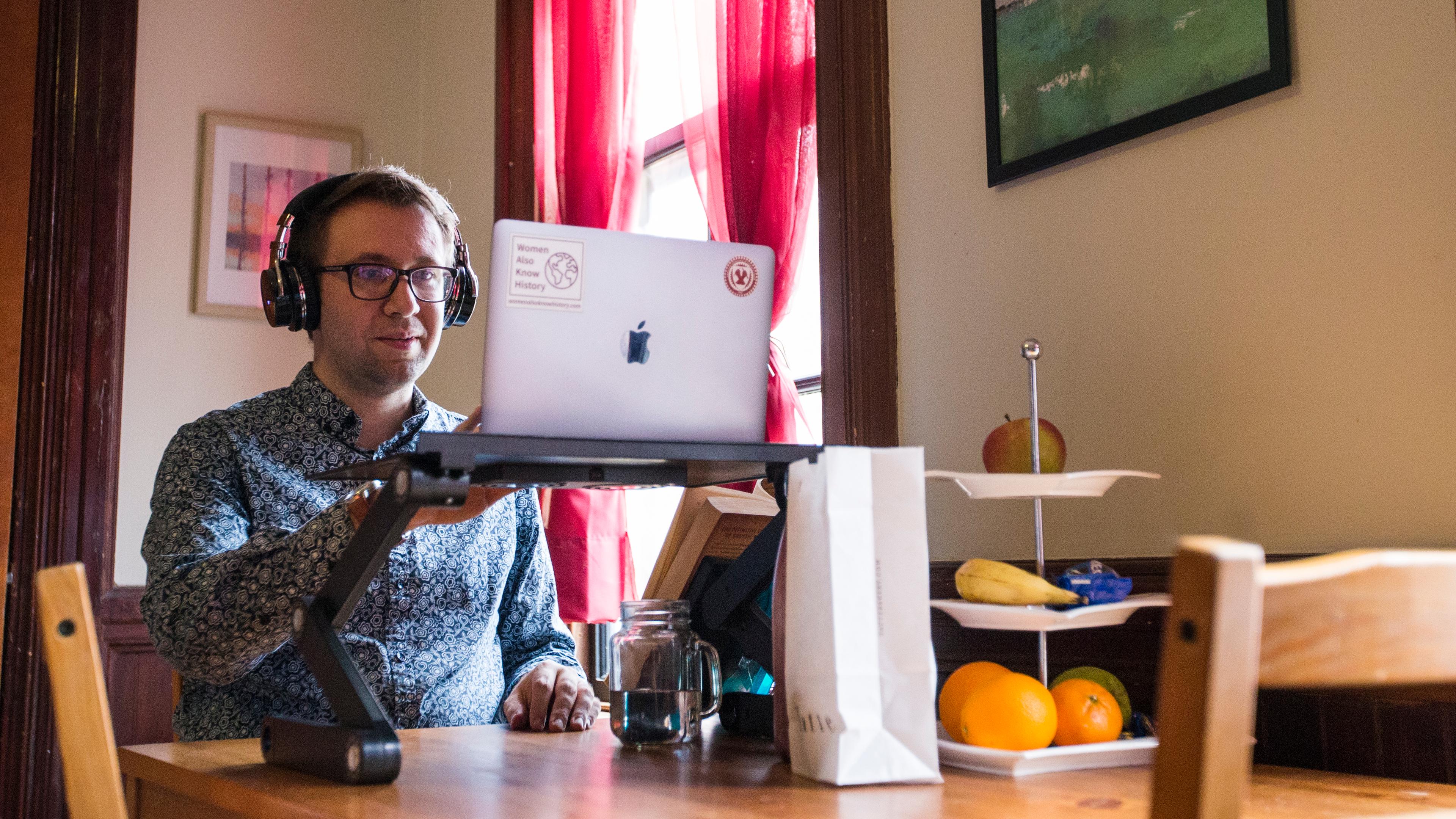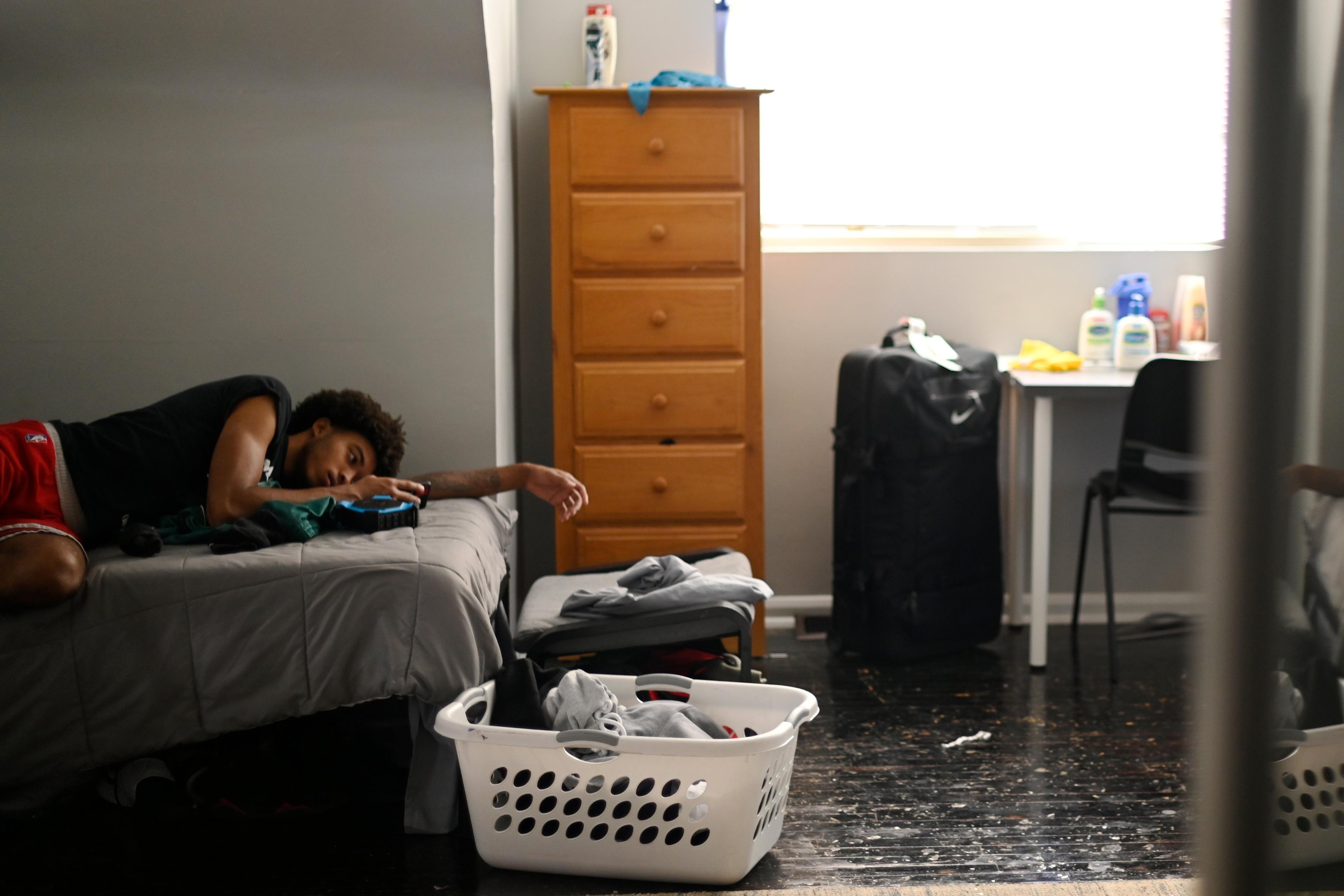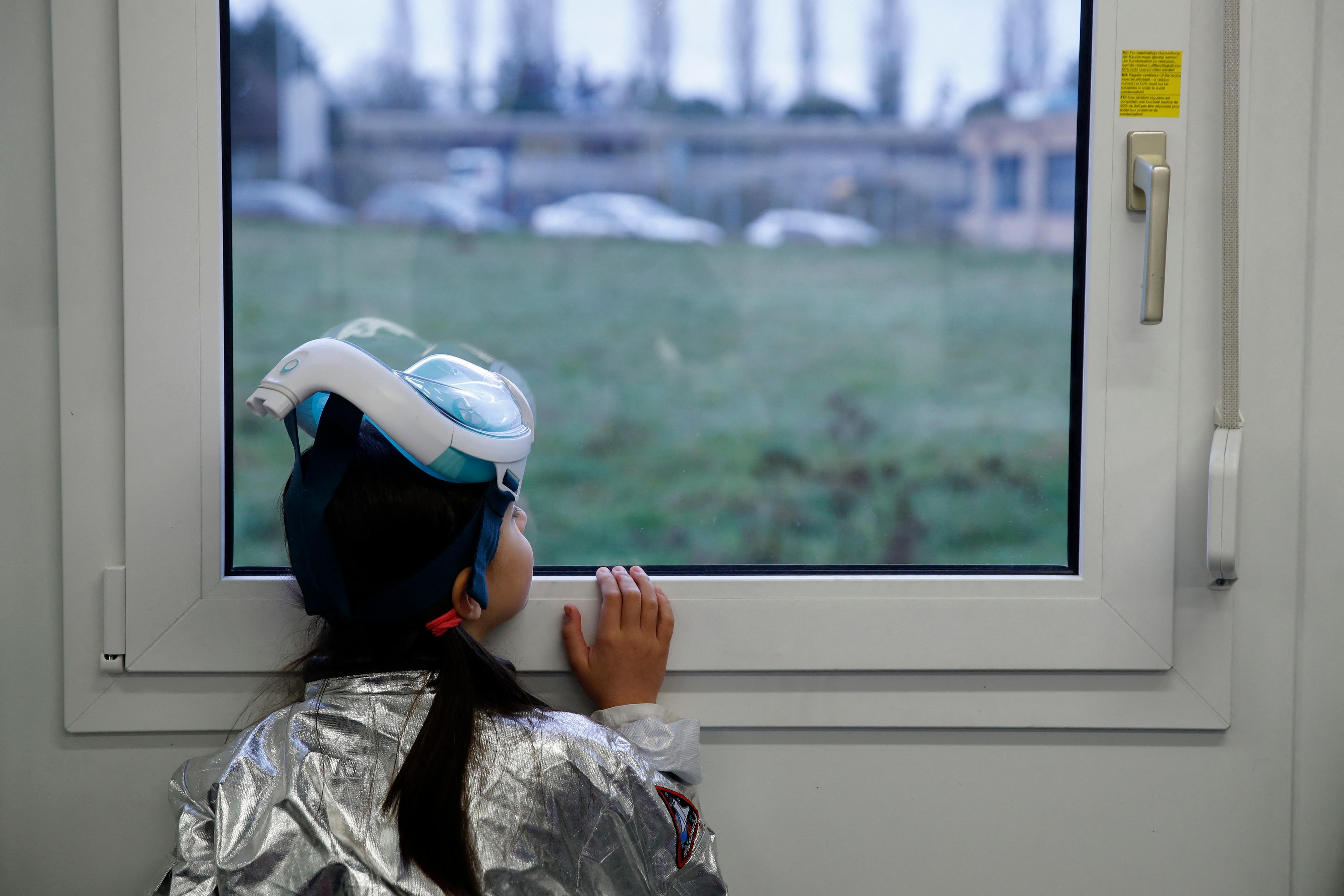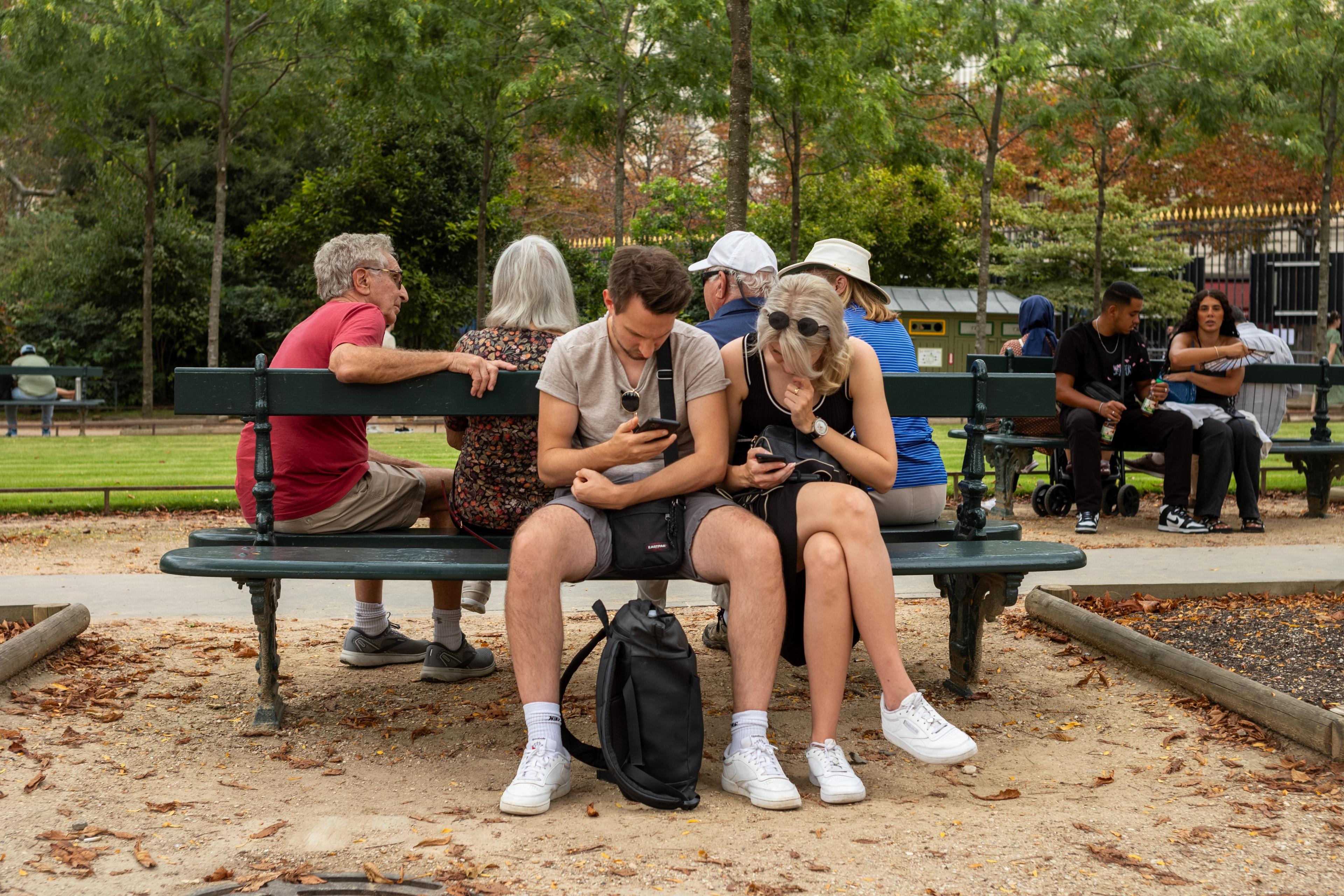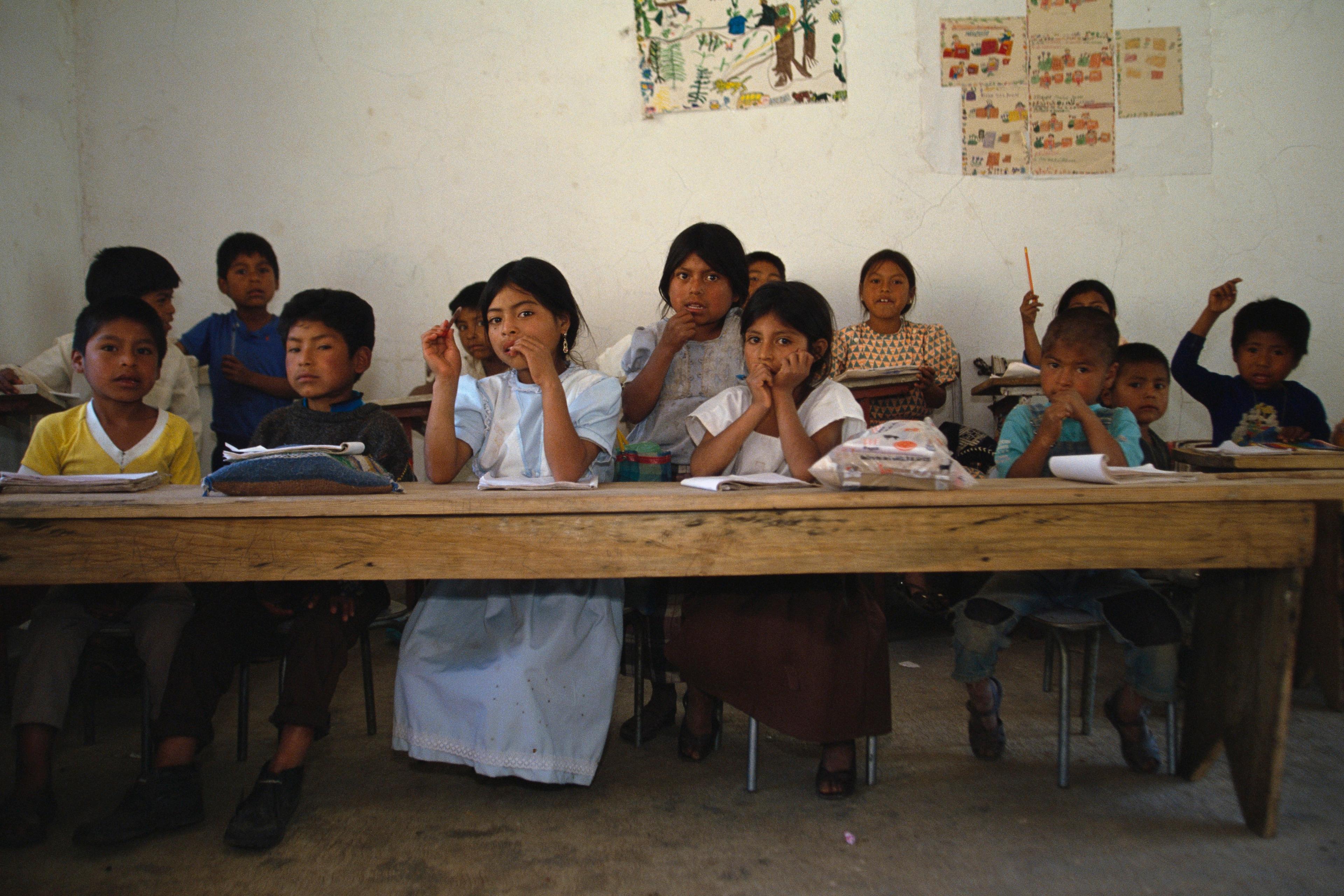It’s the spacelessness that gets you. You’ve been staring at the screen for months since the virus hit. Your students were flat, or seemed to be, just as you appear to them. But Fall, you tell yourself, will be different. You’re acquainted with Zoom now. You’ve read a few articles on ‘best practice’ in online teaching: More asynchronous activities. More time in breakout rooms during class. More use of tech as tech. You sign on and summon your best teacher-of-the-year manner.
You hope that what you do will remain three-dimensional even as your students appear as tiny thumbnails, the listening heads or black boxes to which you appeal for attention. The reality, though, is that your own flatness is as apparent to your students as theirs is to you.
Teaching in the obligatory digital – the term sounds like a newly invented verb tense – can reduce the complicated work of learning to the safest, most reproducible set of moves: the flat One dispensing information to the flat Many. What might three- (or four- or, if you’re a physics teacher, 11-) dimensional teaching and learning look and sound like even when our current medium makes them appear flat?
You recall the way your students often flatten what they’re reading. ‘Oedipus is about hubris,’ full stop. ‘Michelle Alexander demonstrates how mass incarceration is the new Jim Crow.’ OK then. How do we get students not to flatten their enquiries, or their responses to issues and problems and questions? How do we avoid flatness in the online relationships that students have among themselves and with us teachers?
Over the past two years of thinking about what a syllabus has been and could be, we came to a central principle that seasoned teachers might know, but that even the best of us have to work hard to remember and even harder to articulate: teaching isn’t really about what we, the teachers, do. It’s about what our students do. This is as true in the flat world of the digital as it is in the three-plus-dimensional environment of the physical classroom.
Focusing on what our students do can be particularly hard when they’re distant – much like how it’s difficult for us to understand anything when it’s too far away from us. What do we do to get closer (to that concept in fluid dynamics, or to that theory in social psychology) when we’re trying to ‘get it’? And how can we help students learn how to get closer on their own?
Of course, these questions are different – ontologically different – from, eg, ‘What are the best practices for a blended online/in-person modality?’ Learning is about understanding, insight, how ideas form and change. Teaching is about understanding, insight, how ideas form and change. But the ideas among the learners are primarily about the subject matter, while the ideas among the teachers are primarily about the students – the very real, very specific students wrestling with the challenges of their courses.
All of this means that nobody – not your IT people, not your online pedagogy people (if you’re lucky enough to have them), not writers on websites grappling with these problems – can offer a programme for constructing an online course that will get you out of two kinds of hard work.
First, writing and thinking your way through what you want your students to be able to do at the end of the term and imagining a sequence of activities they’ll perform in order to get to those new abilities. We call this hard work ‘writing a syllabus’.
Second, carrying out that design, which means finding ways to see – really see – what’s working for your students and how your students themselves are working, then adapting, improvising, responding, revising, listening, conversing, building a community, changing your mind. We call this work ‘teaching’.
Which is easier said flatly than done multidimensionally. The online teaching spaces we inhabit come with automatic flattening functions – they’re circumscribed by the logic of whatever platforms we’re using. Online teaching surely has its equivalents to the tyrannical ‘Like’ button, routines that appear natural to the form and that therefore come to seem natural to the content, too.
As a means of interacting with other people, then, the ‘virtual’ is paradoxical: the term sounds as if it’s about getting to the essence of something, stripping away certain distracting particularities of lived lives in order to arrive at an ideal form. Virtual reality is almost reality but can also be better than reality, as for example when marginalised groups connect online to build a virtual community, away from antagonistic physical environments. In this case, the virtual’s flattening effect can save lives, and might even be considered a kind of ‘rounding out’.
At the same time, of course, the particulars that get left behind in the virtual can add up to reality itself. We live in a moment where most of us are suspicious of Platonic forms and can’t help but notice that vir, the Latin root of the word virtue (and thus of virtual), conveys manliness – one more particular masquerading as a universal.
Each of us makes the world anew when we study, when we think, when we write. Flatness isn’t simply a state of being; it’s an action. Roundness, too. So the virtual gives us a second paradox. It implies two competing models of knowledge: one, that whatever we want to know is stable, always safely waiting for us, one search away; two, that every last bit of knowledge is constantly changing, open to debate, ready to be edited, like a Wikipedia entry.
We want our classrooms to be spaces where every student’s particularities are welcome and where students learn that understanding the world is an action we’re called upon to perform constantly. We also want our students to close the distance between themselves and whatever they’re studying, not through flattening but through a continually increasing sense of the richness and difficulty of everything waiting out there for them to discover. Flat is flat. Round is bumpy.
That’s what we really mean when we talk about rounding out. And we have to do it, too, especially when we’re online, by finding ways to hear our students’ struggles with the known and the unknown, and to help them get comfortable with that difficulty. Roundness is accepting the active work we all do when we’re really learning. In its paradox and complexity, roundness even includes flatness, or at least an awareness of how flatness works.
Of course, traditional classrooms also have blind spots, orders of operation that, through familiarity and long experience, have come to feel inevitable when they’re anything but. Let’s not forget that most of us can barely remember a time before we were ‘in school’. So what exactly do we think has changed?
There’s nothing new about the concept of ‘active learning’. But for that term to become many-dimensional, especially in the context of online teaching, we have to reverse that principle about what we do and what our students do: active learning is first – and continually – a thing the teacher does, stripping away assumptions, speculating about why a student is struggling and about the adjustments the student might need to make to do the work better.
The best writers know that life – that lives – are mysterious, complex things, that humans have many competing desires, problems, abilities. For our students to become ‘round’ to us – and us to them – we need the academic equivalent of those creative writing exercises where the author imagines what’s in a character’s garbage can or spells out a character’s unspoken goal in life. Meaning this: online teaching, perhaps even more than in-person teaching, is making sure that we’re asking students to do rich, difficult work that will transform them in some way. Which also means we’re assigning ourselves the task of responding with equal richness to all that they do. Better round and bumpy than flatly perfect, both for us and for them.
That sounds more like the human relationship it really is, even if it’s a long-distance relationship. Teaching online, counterintuitively, is a meditation on humans, on humanness, and on overcoming whatever might stand in the way of sustaining a learning community. That is what we’ll be thinking about as we negotiate this strange Fall term. And we hope you’ll think about it, too.
